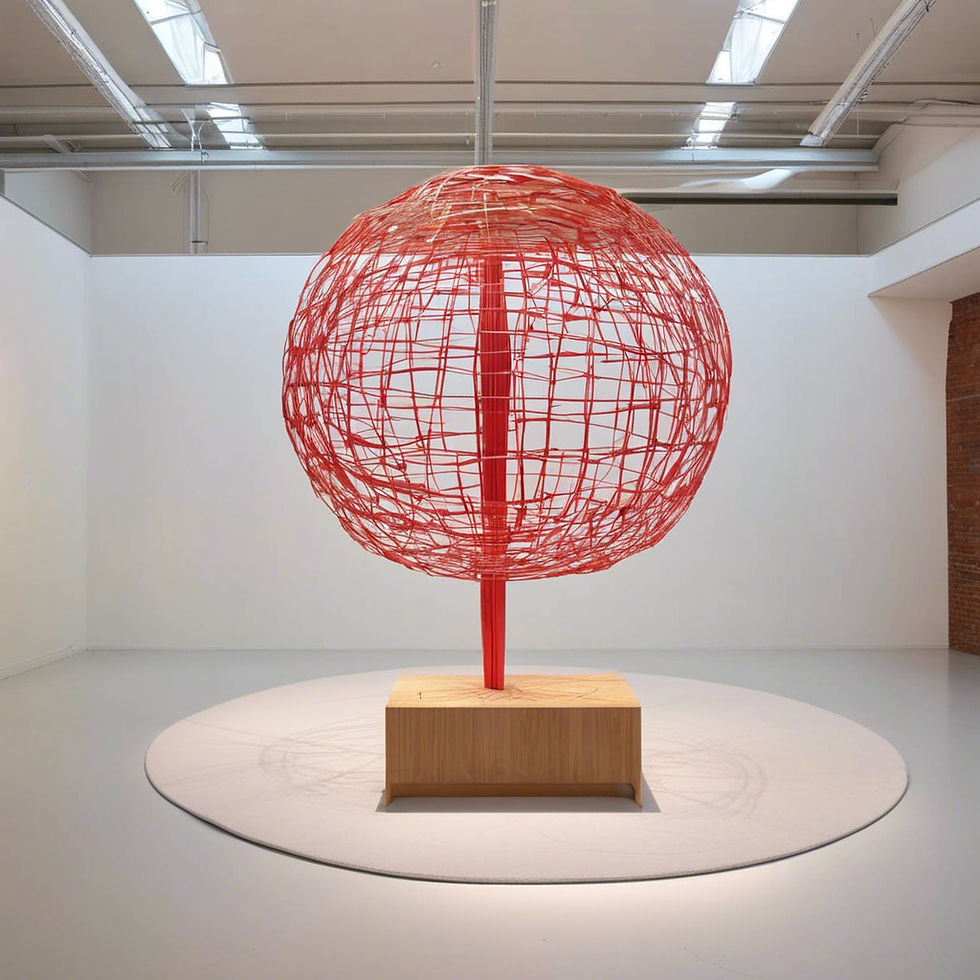The Surreal in Contemporary Art: Unveiling the Unconscious
- Ahmed Kheder

- Jul 3, 2024
- 3 min read
Surrealism, a revolutionary movement in art and literature, emerged in the early 20th century, spearheaded by figures like André Breton, Salvador Dalí, and René Magritte. Rooted in the exploration of the unconscious mind and the irrational, Surrealism sought to transcend the boundaries of conventional reality. Today, the legacy of Surrealism continues to influence contemporary artists who delve into the surreal to unveil the depths of the human psyche. This article explores how contemporary artists harness the surreal to create evocative works that challenge perceptions and reveal hidden aspects of the unconscious.
Historical Context of Surrealism
Surrealism originated in the aftermath of World War I, as artists and writers sought to break free from traditional constraints and explore new realms of creativity. André Breton’s "Manifesto of Surrealism" (1924) laid the groundwork for the movement, emphasizing the importance of dreams, fantasies, and the unconscious as sources of inspiration. Surrealists believed that by tapping into the unconscious mind, they could access a deeper, more authentic reality.
The Evolution of Surrealism in Contemporary Art
While the original Surrealist movement had its peak in the 1920s and 1930s, its influence has persisted, evolving and adapting to contemporary contexts. Today’s surrealist artists continue to draw on the foundational principles of the movement, integrating them with modern techniques and media to address current themes and societal issues.
Techniques and Themes in Contemporary Surrealism
1. Mixed Media and Digital Art: Contemporary artists often employ a diverse range of media, from traditional painting and sculpture to digital art and installation. The integration of digital technology allows artists to create immersive, dreamlike environments that blur the line between reality and fantasy. For instance, artists like Rafal Olbinski and Maggie Taylor use digital manipulation to create surreal landscapes that evoke a sense of wonder and disorientation.
2. Psychological Exploration: Surrealism’s focus on the unconscious makes it a powerful tool for exploring psychological themes. Contemporary artists use surreal imagery to delve into personal and collective anxieties, fears, and desires. The works of artists like Lee Bul and Yayoi Kusama often feature recurring motifs and symbolic elements that reflect the complexities of the human mind.
3. Social and Political Commentary: Surrealism in contemporary art also serves as a medium for social and political critique. Artists use surreal techniques to highlight the absurdities and contradictions of modern life. The works of Iranian artist Shirin Neshat, for example, juxtapose surreal imagery with powerful political narratives, addressing issues of identity, gender, and cultural conflict.
4. Dreamscapes and Altered Realities: Dreamlike landscapes and altered realities are central to contemporary surrealism. Artists create fantastical worlds that challenge viewers’ perceptions and invite them to question their understanding of reality. For example, the works of Japanese artist Naoto Hattori feature intricate, otherworldly scenes that evoke a sense of curiosity and unease.
The Impact of Surrealism on Contemporary Culture
Surrealism’s influence extends beyond the art world, permeating various aspects of contemporary culture, including film, literature, and fashion. The surrealist aesthetic can be seen in the works of filmmakers like David Lynch and Guillermo del Toro, whose movies often feature dreamlike sequences and bizarre, otherworldly imagery. In literature, writers like Haruki Murakami draw on surrealist themes to create narratives that blur the boundaries between reality and fantasy.
In fashion, designers like Alexander McQueen and Viktor & Rolf have incorporated surrealist elements into their collections, using unconventional materials and avant-garde designs to create striking, otherworldly garments. The continued presence of surrealism in these cultural domains underscores its enduring relevance and its ability to captivate and inspire new generations.
Conclusion
The surreal in contemporary art serves as a powerful means of unveiling the unconscious, offering a glimpse into the hidden depths of the human psyche. By drawing on the principles of the original Surrealist movement and integrating them with modern techniques and themes, contemporary artists create works that challenge perceptions, provoke thought, and invite viewers to explore the enigmatic realms of the imagination. Through their innovative and evocative creations, these artists continue to push the boundaries of reality, revealing the profound and often mysterious dimensions of the unconscious mind.




Comments